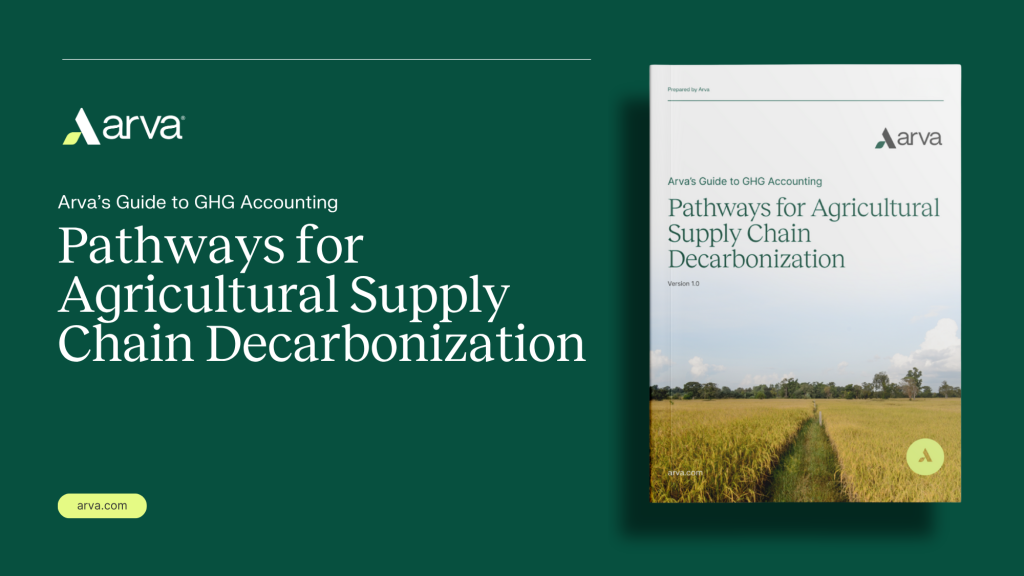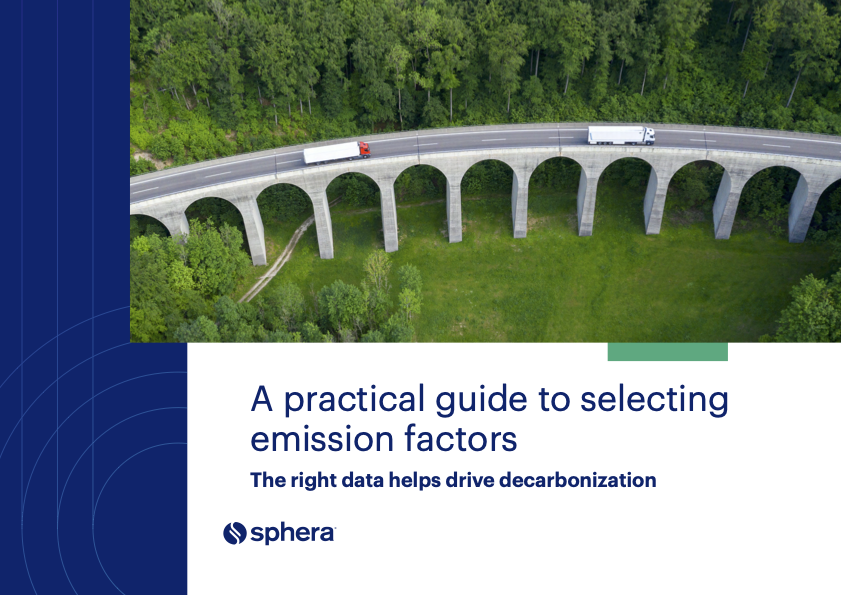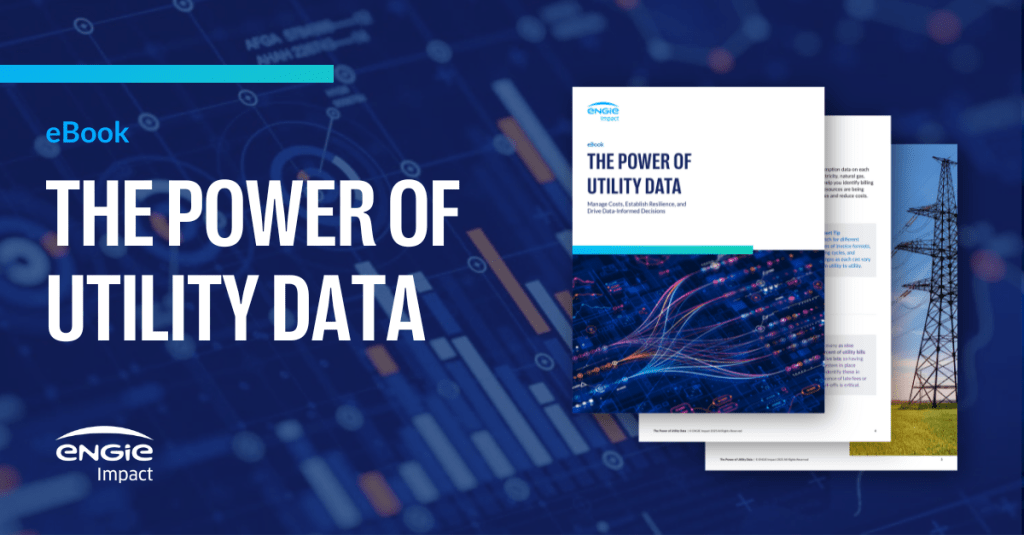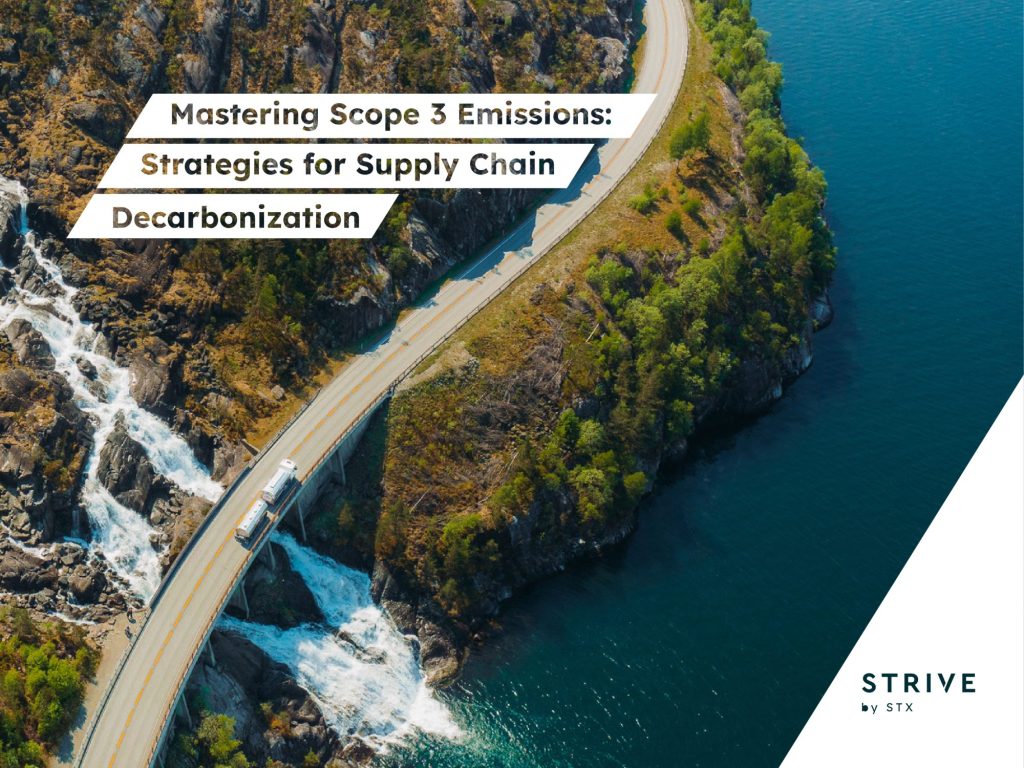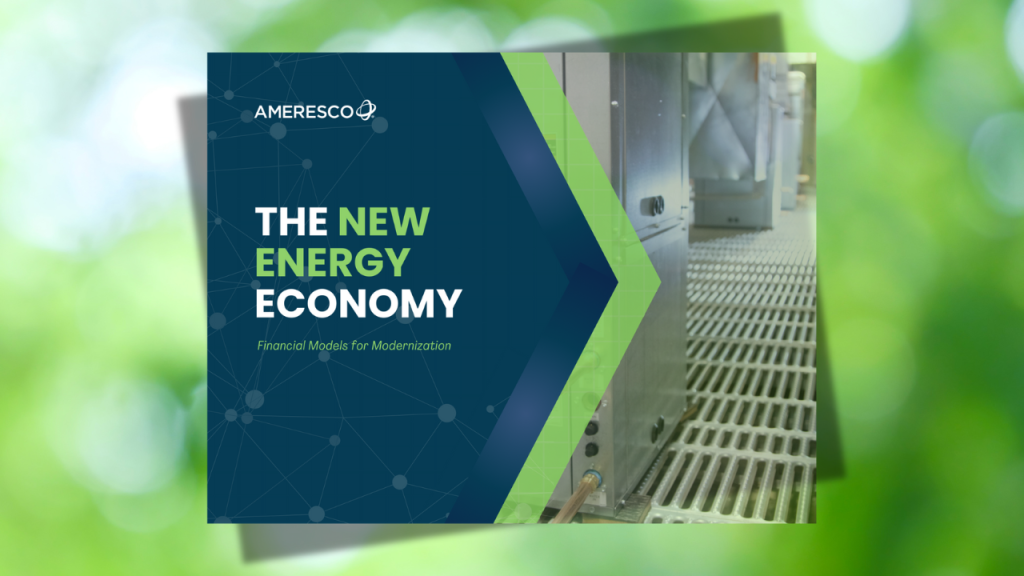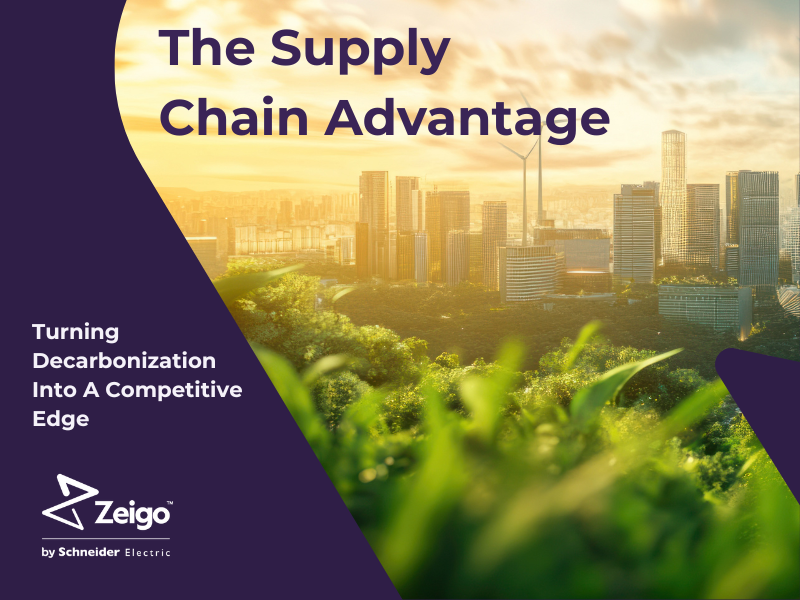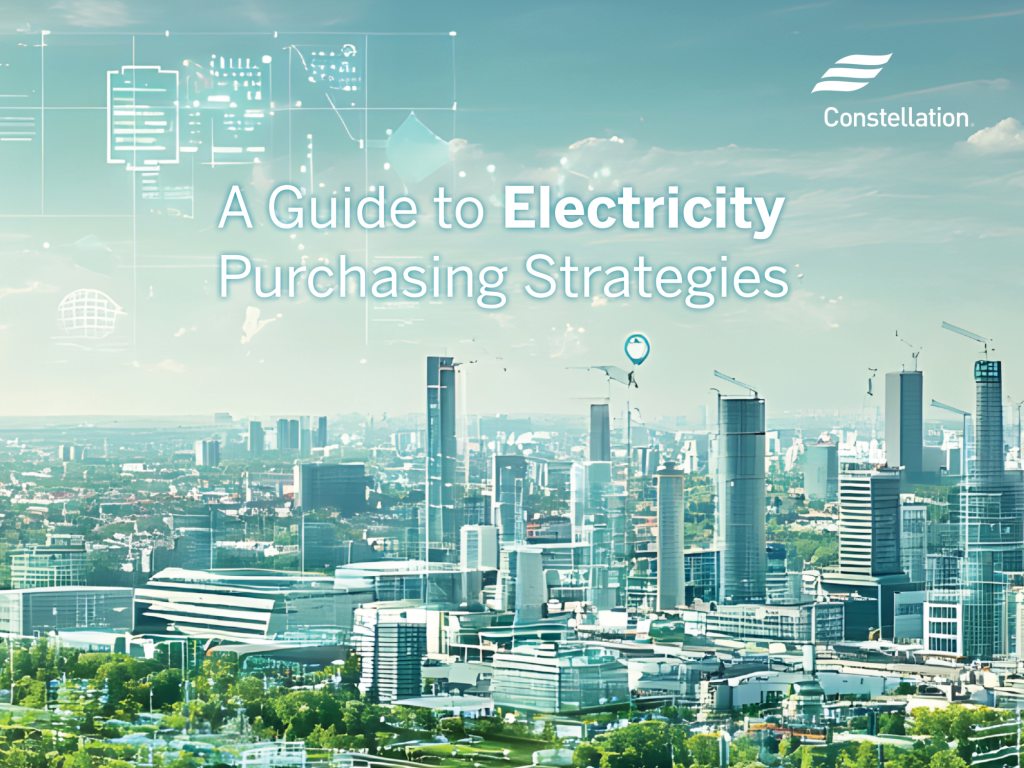Regenerative agriculture: The next sustainability frontier
Why regenerative agriculture is a smart investment for the future of food. Read More
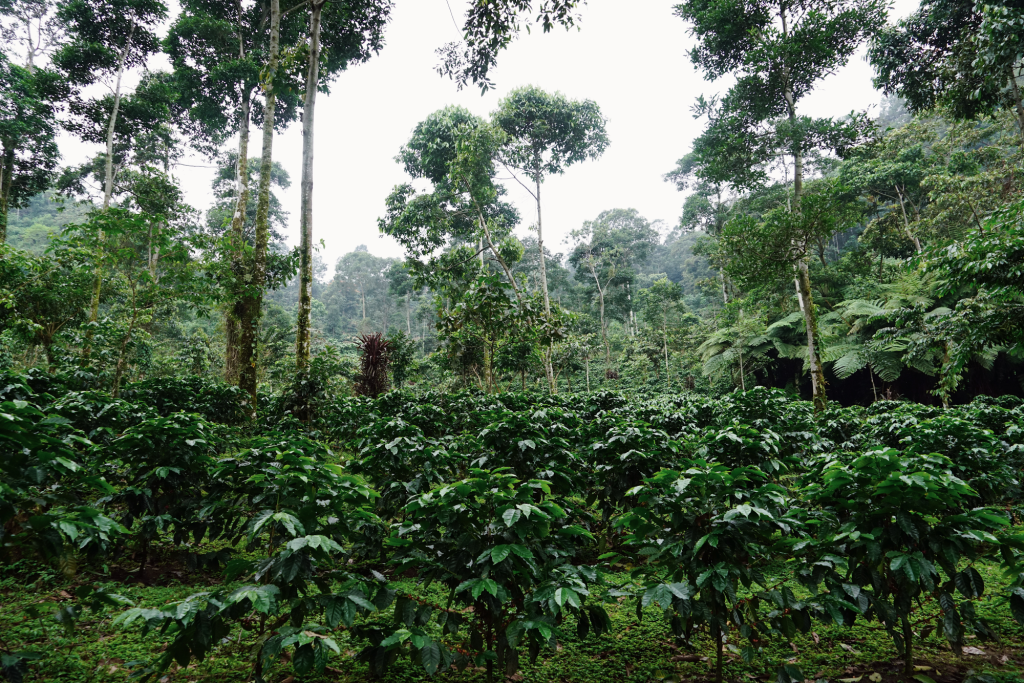
In the early 2000s, the sustainability community was grappling with the very concept of sustainability itself. With no universal definition, the movement lacked clarity and struggled to articulate its purpose. Over time, a shared understanding emerged within the industry, and the next decade was devoted to educating and inspiring a curious, but often confused, consumer base composed of food enthusiasts and other early adopters of sustainable living.
Today, some 20 years later, the conversation has moved beyond “sustainability” to regenerative agriculture—an approach that not only minimizes harm but actively restores and strengthens ecosystems. The conversation is ongoing, and definitions are evolving, but one aspect is abundantly clear: Scaling regenerative agriculture demands significant and sustained financial investment that prioritizes the economic viability of local producers.
If current practices continue without intervention, the future supply of many globally traded crops remains at risk. And if supply chains suffer, so too will the livelihoods of farmers worldwide. Regenerative agriculture offers a clear path forward—and forward-looking companies are recognizing that this is in their long-term economic interest. By supporting farmers and transitioning sourcing models, markets can become engines of sustainable supply chains, environmental revitalization and equitable economic growth.
Regenerative agriculture and certification
Certification is a powerful driver of regenerative agriculture. It sets clear standards and incentives, and it builds market mechanisms that reward sustainable practices. This is why the Rainforest Alliance has introduced its new Regenerative Agriculture Standard, which builds on a strong foundation of scientific research and decades of hands-on experience in the field working alongside farmers.
The Rainforest Alliance has also developed a suite of voluntary, data-driven tools tailored to crop-specific needs, offering practical guidance to help both small- and large-scale farms measurably improve soil health, biodiversity, climate resilience and livelihoods.
While the Rainforest Alliance Regenerative Agriculture Standard was designed to meet the needs of the farmers, they cannot do it alone. Companies and other actors in the supply chain have both a responsibility and an opportunity to invest in this transition and secure a more resilient future for both people and nature.
Who should invest in regenerative agriculture?
Companies. If demand drives supply, then companies need only look at their consumer base to see that with each passing decade, they are increasingly prioritizing sustainability in their purchasing decisions. And as these consumers continue to prioritize responsibly sourced goods, they expect brands to walk the walk. Investing in regenerative agriculture can provide a compelling sustainability story. But only if that is backed by action and transparency. Without a genuine commitment, these efforts risk being dismissed as greenwashing.
But it’s not only consumers that companies need to think about; it’s investors too. ESG-focused investors often favor companies with credible sustainability initiatives and climate strategies. While the U.S. is currently fragmented in this regard, European countries such as the UK, France, Germany, the Netherlands, and most Nordic countries are leading in these practices and wear their low carbon scores like a badge of honor. And emerging economies such as India and Brazil are showing an increased focus on nature-based solutions, too.
As government regulations around land use and supply chain transparency expand, investing in science-based solutions like regenerative agriculture can provide both a compliance advantage and a hedge against supply-chain risk. This transition, however, depends on aligning incentives so farmers also see value. Without long-term economic support, adoption will remain limited.
Farmers and producers. Farmers stand to benefit, over the long term, from regenerative farming practices—healthier soils, lower production costs, improved productivity, greater biodiversity, increased water retention and, most important, diminished vulnerability to the ever-increasing impacts of climate change. As demand for regenerative agriculture practices grows , farmers who make the shift should be able to access higher premiums, enter new markets and obtain long-term purchasing agreements for certified products.
However, if return on investment is not clear at the outset, farmers may drag their feet in making the transition. Farmers must be compensated for the cost of transitioning to regenerative agriculture practices. Otherwise, the transition is very unlikely to happen, at least not on scale.
Impact investors. Around the world, impact investors are increasingly looking for viable, future-proof means of decarbonization. Biodiversity is now part of the equation. And while interest in renewable energy remains strong, and vital, regenerative agriculture can deliver both climate and biodiversity gains, if financed at scale. There is no denying that there are challenges to this type of investment, such as the initial costs inherent in transitioning to new farming practices. For those investors interested specifically in Natural Capital, there is a need to look for long-term investments, as impact includes a transition period of three to five years. However, overall, regenerative farming practices present potentially higher profits over time, as a result of improved crop management practices, microclimates, and soil structure and fertility. Regenerative farms will also be more resilient to extreme weather events, which reduces risk and guarantees product supply over the long term.
Global consumers. On the most basic level, consumers support regenerative agriculture practices by choosing brands that are committed to regenerative sourcing and continuing to demand regenerative goods. The more consumers know about regenerative agriculture, the more they associate it with healthier ingredients, better environmental outcomes and stronger support for farmers. They want products that restore nature, not deplete it. This demand is growing with each passing generation, and that demand must be met with credible, transparent action. Consumers can also support change through impact funds, crowdfunding platforms and policy advocacy at local, national and global levels.
The future is now
Financial investment in regenerative agriculture offers strategic economic and environmental benefits that underscore corporate sustainability goals and drive business resilience, while also building brand loyalty for future generations. It makes for stronger supply chains and future-proofs brands in an ever-increasingly competitive market. But the time to act is now—our future depends on it.
We all know what is at stake, but we also need to remember what is possible. With the right partnerships and long-term investment, it is possible to make agriculture a powerful solution to climate change and biodiversity loss. NGOs like the Rainforest Alliance are actively doing this by helping farmers adopt regenerative practices,validating progress, and by connecting them with markets interested in their regenerative agriculture supply.
Now is the time for bold leadership – to go beyond sustainability and actively accelerate a regenerative transformation of agriculture.
- Companies: Invest in regenerative sourcing and support farmers in transition.
- Investors: Back proven partners to accelerate climate and biodiversity gains.
- Consumers: Choose, demand and advocate for regenerative products and policies.
Together, we can make agriculture a powerful force for climate stability and ecological renewal.
Learn more about Regenerative Agriculture certification and how the Rainforest Alliance Regenerative Agriculture Standard drives impact here.

Subscribe to Trellis Briefing
Featured Reports

The Premier Event for Sustainable Business Leaders





